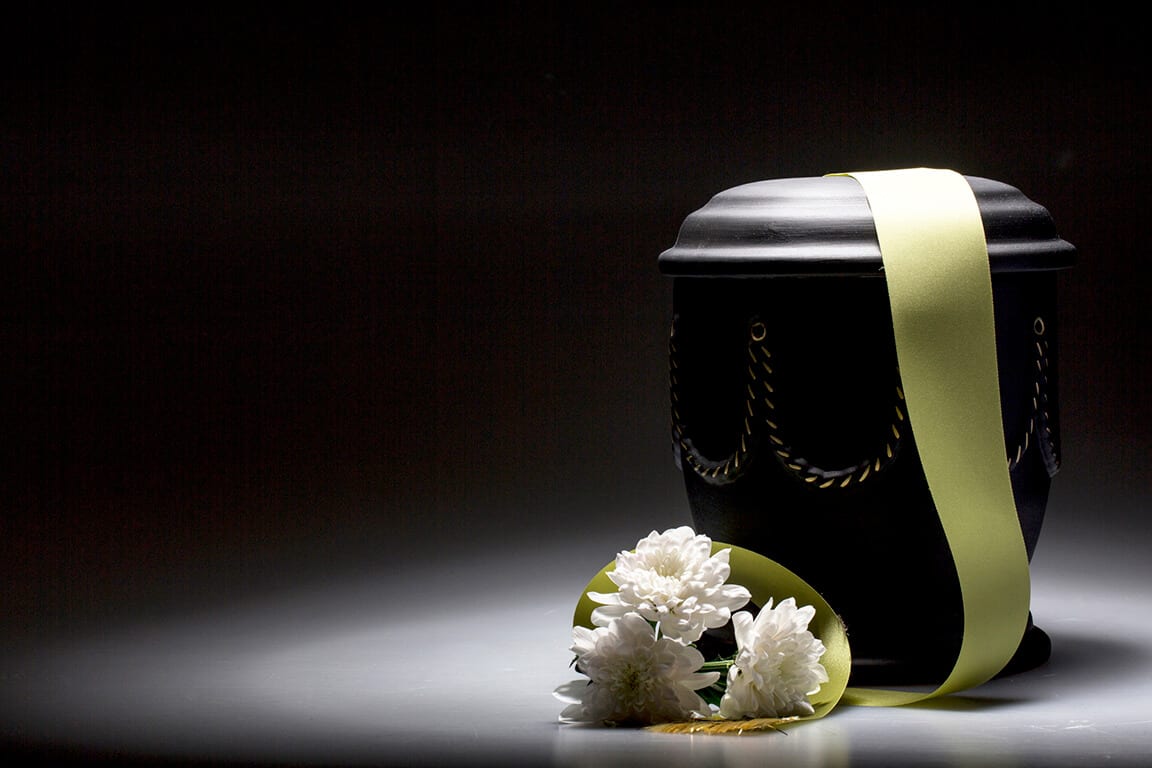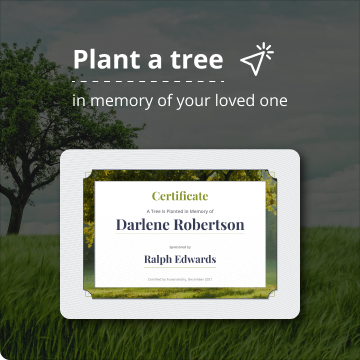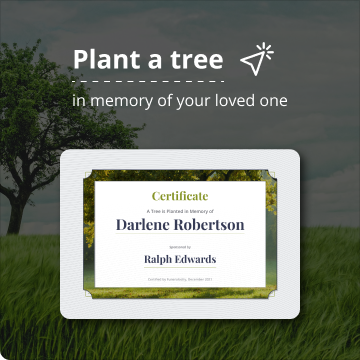
From Hindus’ desire to separate themselves from their earthly bodies after death to ancient Greeks and Vikings quest to honor their military dead, cremation has been used for thousands of years as part of funeral rites.
The practice of burning the deceased until they are reduced to bone began to die out in Europe with the spread of Christianity, which rejected cremation largely as a pagan practice. It was only in the 1870s after the first modern cremation chamber was built, that cremation begin to increase in Europe and then throughout North America.
When considering cremation, it is important to remember religious considerations and also know that it is not a funeral service. Nor does the process represent the final disposition of cremated remains, which requires the determination of whether they should be buried, scattered or stored.
Questions About Traditional Cremation
- What is traditional cremation?
▢ Today, traditional cremation is the process of incinerating the deceased’s remains through the application of hot temperatures in a crematory. The deceased is placed in a cardboard or wood casket and is placed in a cremation chamber, also known as a retort. There the body and container are exposed to temperatures of 1400 to 2100 degrees Fahrenheit.
In this process, the casket is consumed, and the soft tissue of the human body is vaporized, and bones begin to calcify and then crumble. Reduced to skeletal remains and bone fragments, the deceased’s remains are then collected in a tray and cooled before being ground into granular form.
- Do you need a casket for cremation?
▢ No, but crematories do require that the deceased be cremated in a rigid, combustible container. Families also may be able to rent a casket from the funeral home or crematory or purchase a cremation casket if there are plans to hold a memorial or funeral service for the deceased. These caskets are aesthetically similar to those used for a regular burial, but lack metal parts.
- Does the deceased need to be embalmed for a cremation?
▢ No. However, some funeral homes may require the deceased be embalmed if a viewing or visitation is planned. It is important to check with the funeral home about local requirements.
- How is the body prepared for traditional cremation?
▢ It is important that the body be prepared for cremation. For example, pacemakers, which can explode in the heat of the crematory, are removed.
- Can you witness the cremation of a loved one?
▢ In many cases, funeral homes or crematoriums will allow family members to be present for the cremation process. Some offer viewing rooms with a window where family members or loved ones can watch the cremation process.
- What happens to the deceased’s ashes?
▢ The funeral home or crematorium will place the ashes in a temporary container made of cardboard or plastic. Families may decide to buy a permanent urn for a loved one’s ashes before the final disposition of the ashes.
- What can you do with cremated ashes?
▢ Ashes may be buried, stored in a columbarium or at a relative’s home, scattered or turned into keepsakes such as jewelry. If you are interested in scattering your loved one’s ashes, it is important to check with the funeral home or crematorium about local regulations that may prohibit their dispersal on public lands, etc.
Questions About Liquid or Water Cremation
- What is liquid cremation?
▢ Also known as water, green, flameless cremation or alkaline hydrolysis, liquid cremation reduces human remains to bone fragments using water and an alkali solution such as potassium hydroxide or sodium hydroxide.
- What happens in a liquid cremation/alkaline hydrolysis?
▢ The body is placed in a pressurized stainless-steel chamber with an alkaline solution and water. The temperature is raised to approximately 300 degrees Fahrenheit and the solution and water circulate over the body. The heat, pressure, water and solution cause a biochemical reaction to take place, dissolving the body’s soft tissue. After the process is completed, what remains is a sterile brown liquid and bone fragments. The bone fragments can be ground up into ashes.
- How is the body prepared for liquid cremation?
▢ Unlike traditional cremation, pacemakers and other medical devices do not have to be removed from the deceased’s body.
- Are there any remains left from the alkaline hydrolysis process?
▢ Yes. What remains is a brown liquid, which is composed of simple organic molecules. There also are bone fragments that remain, which may be pulverized into ashes. Families can then bury, scatter, or store those ashes in a columbarium or at home.
- How is liquid cremation a natural process?
▢ Liquid cremation speeds up the natural process of decomposition, which occurs over several decades when a body is buried. In addition, liquid cremation is considered more eco-friendly than traditional cremation because it requires less energy and produces fewer emissions.
- Where is liquid cremation available?
▢ It is currently available in California, Colorado, Florida, Georgia, Idaho, Illinois, Kansas, Maine, Maryland, Minnesota, Missouri, Nevada, Oregon, Vermont, and Wyoming.














